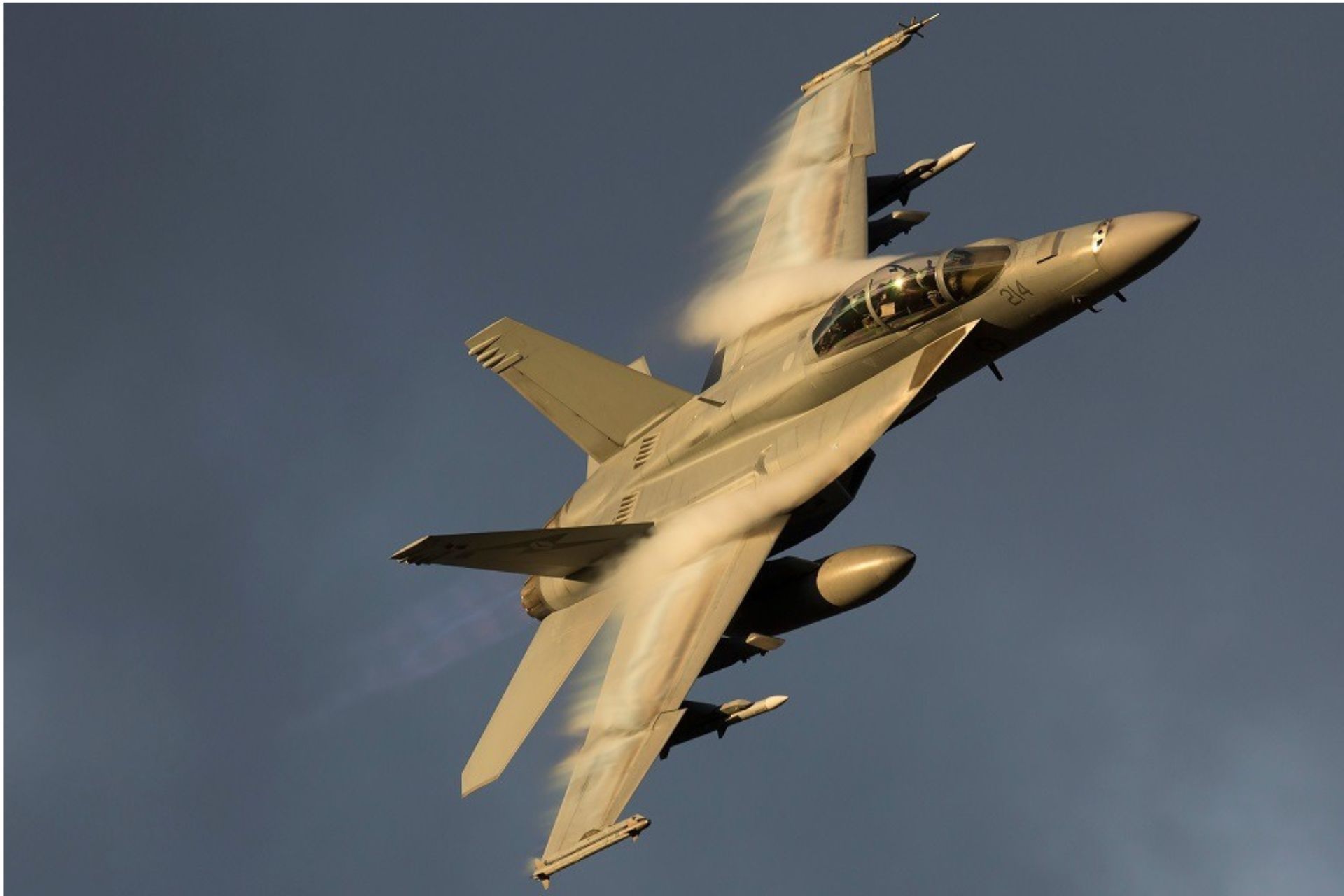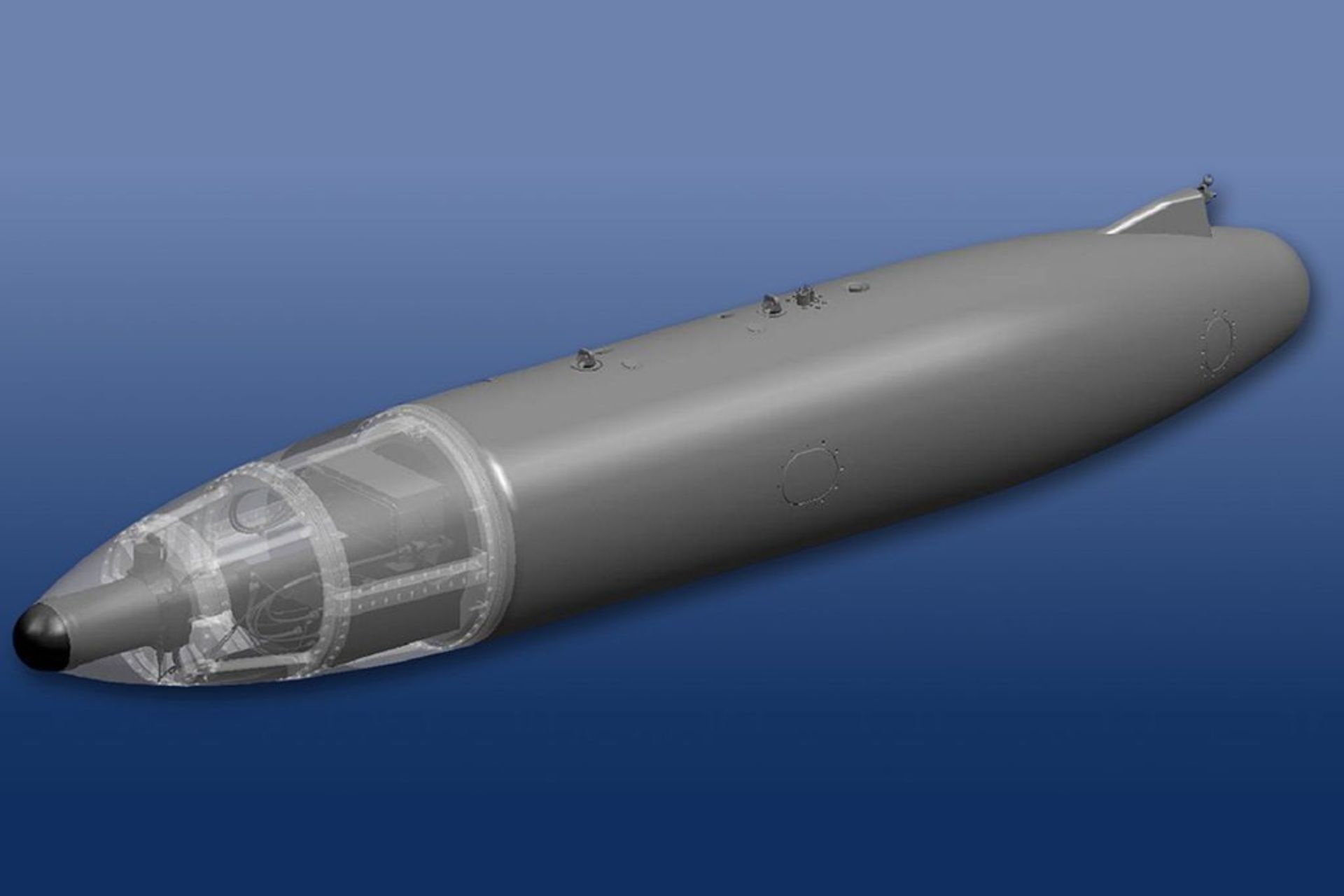Breaking News
Royal Australian Air Force to Acquire Infrared Search Pods for its F/A-18F Super Hornets Fighters.
The Royal Australian Air Force (RAAF) is set to enhance the capabilities of its F/A-18F Super Hornets with the acquisition of 12 ASG-34A(V)1 Block II Infrared Search and Track (IRST) pods. These systems are expected to be delivered by the end of 2025 through a Foreign Military Sales (FMS) agreement with the U.S. Navy, at an estimated cost of $74 million.
Follow Army Recognition on Google News at this link

The RAAF operates 24 F/A-18F Super Hornets, which were acquired under a $6 billion deal with the United States as a replacement for the aging F-111 fleet (Picture source: Royal Australian Air Force)
A spokesperson from the Australian Department of Defence confirmed to Australian Defence Magazine that the delivery of the 12 Block II IRST pods is planned for 2024 and 2025. The spokesperson also clarified that these systems do not require the F/A-18Fs to be upgraded to the Block III standard, meaning they can be integrated with the current aircraft without major modifications.
The RAAF operates 24 F/A-18F Super Hornets, which were acquired under a $6 billion deal with the United States as a replacement for the aging F-111 fleet. These aircraft were delivered between 2010 and 2011, achieving full operational capability in December 2012, and are expected to remain in service until the mid-2030s.
The F/A-18F Super Hornet is a versatile, twin-seat multirole fighter capable of conducting air-to-air combat, air-to-surface strikes, close air support, and interception of enemy supply lines, including maritime targets. The aircraft is equipped with advanced systems such as AIM-120 AMRAAM missiles, AIM-9X Sidewinder missiles, GPS-guided JDAM munitions, laser-guided bombs, and AGM-84 Harpoon anti-ship missiles. It also features a 20mm M61A2 Vulcan nose-mounted gun.
The RAAF's Super Hornets are currently undergoing incremental upgrades as part of the Super Hornet Spiral Upgrade Program, which aligns with similar upgrades being implemented by the U.S. Navy. These enhancements include improvements to navigation, targeting, and electronic warfare capabilities, ensuring the aircraft remains competitive in modern combat scenarios.
Looking ahead, the RAAF plans to operate the Super Hornets in conjunction with its F-35A Lightning II and EA-18G Growler aircraft, maintaining a robust air combat capability until a next-generation replacement is identified.
The Block II IRST pods are modified FPU-12/A fuel tanks with the nose adapted to house a Lockheed Martin IRST21 sensor. These modified tanks, known as FPU-13/A, carry 490 liters less fuel than the standard FPU-12/A tanks but offer improved detection capabilities. The Block II pods, which first flew in late 2019, have not yet entered operational service. However, they provide superior performance compared to the Block I system and are lighter and more compact, allowing for more fuel to be carried in the tank portion of the unit.
The U.S. Navy has deployed a limited number of Block I IRST systems since 2019, primarily for testing and tactics development. In 2020, 12 Block I systems were deployed aboard the USS Nimitz during a mission to the Middle East for operational testing and evaluation.
This acquisition represents a significant step for the RAAF as it seeks to maintain cutting-edge capabilities for its Super Hornets, thereby enhancing their effectiveness in modern aerial warfare.

IRST21 can be mounted in a variety of ways, including the nose section of the F/A-18E/F's centerline fuel tank.(Picture source: Lockheed Martin)


























